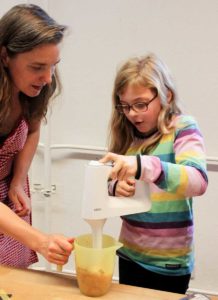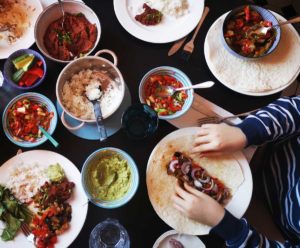The Magic of Portrait Photography (Part One)
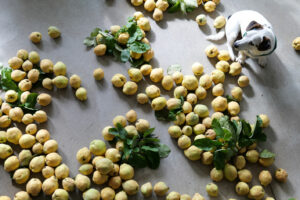 I adore quinces. I love their velvet skins, the hard bodies, their rich perfume, their androgyne character, their rich yellow colour that turns red in the cooking process. I love how they challenge me as a cook and I love their role in ancient cooking practices – both here, in Europe, and in the SWANA* region – and find it interesting to think about what traditions they have been part of throughout history. In fact, I am currently experimenting with some Jewish SWANA recipes, both savoury and sweet: I have a wonderfully large quince harvest waiting for me on my balcony at home and, true to type, will be documenting my processes in working with them this season.
I adore quinces. I love their velvet skins, the hard bodies, their rich perfume, their androgyne character, their rich yellow colour that turns red in the cooking process. I love how they challenge me as a cook and I love their role in ancient cooking practices – both here, in Europe, and in the SWANA* region – and find it interesting to think about what traditions they have been part of throughout history. In fact, I am currently experimenting with some Jewish SWANA recipes, both savoury and sweet: I have a wonderfully large quince harvest waiting for me on my balcony at home and, true to type, will be documenting my processes in working with them this season.
Outwith my own kitchen, I am devoting time and energy to a brand new space that, like my own kitchen, will be home to exciting experiments and adventures in all things food – including food waste reduction – and the senses.
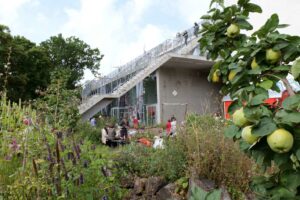 Lobe is a house project in Wedding: a newly built, brutalist concrete building defined by its terraces, its garden – where, among other things, quinces grow – and its many cohabiting animals. Soon, its ground floor units will become one space, a fresh, joint space for events, workshops, food experiments, and a lab for creating a more sustainable future.
Lobe is a house project in Wedding: a newly built, brutalist concrete building defined by its terraces, its garden – where, among other things, quinces grow – and its many cohabiting animals. Soon, its ground floor units will become one space, a fresh, joint space for events, workshops, food experiments, and a lab for creating a more sustainable future.
Ana Zatezalo and Olivia Reynolds are the founders of this new space and project. With quinces fresh in from the harvest of the Lobe garden and the quince being chosen as the symbol of their new venture (name to be revealed!), I knew that I just had to channel my empowering photography approach to capture them with these brilliant fruits as a symbolic starting point of their collaboration journey.
So, what happens when you bring artistic, innovative women and versatile, delicious fruits together?
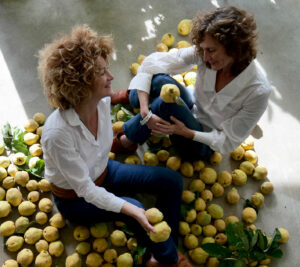 Not least a dream commission for me as a portrait photographer in the world of personal branding photography… weaving together my roles as a member of the founding team, cook, and photographer – one who specialises in portraits of women and fruits! – and capturing the very essence of Lobe’s future here in Berlin.
Not least a dream commission for me as a portrait photographer in the world of personal branding photography… weaving together my roles as a member of the founding team, cook, and photographer – one who specialises in portraits of women and fruits! – and capturing the very essence of Lobe’s future here in Berlin.
Over the next couple of months, I will be the one to create all of Ana and Olivia’s website photography: ultimately creating online portraits that communicate the playful potential in business collaboration. This is part of my work that I really love – distilling and celebrating the character and mission of fascinating people who are creating important work. So, watch this space…
*SWANA is an acronym referring to the wide geographical area which encompasses South West Asia and North Africa.
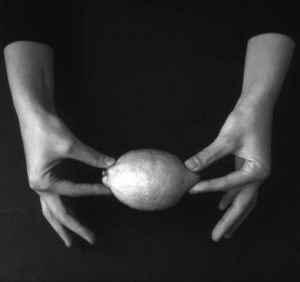

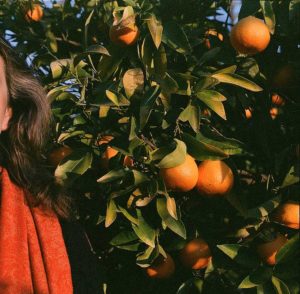
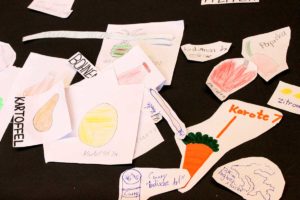 I asked parents to send their child to school with a cutting board and one ‘leftover’ food item from the fridge. In a sense, it was going to be an experiment about how we can change our relationship to food. And what better group than kids with little or no experience with cooking!
I asked parents to send their child to school with a cutting board and one ‘leftover’ food item from the fridge. In a sense, it was going to be an experiment about how we can change our relationship to food. And what better group than kids with little or no experience with cooking!

